Strange ripple effects are surfacing where we least expect them.
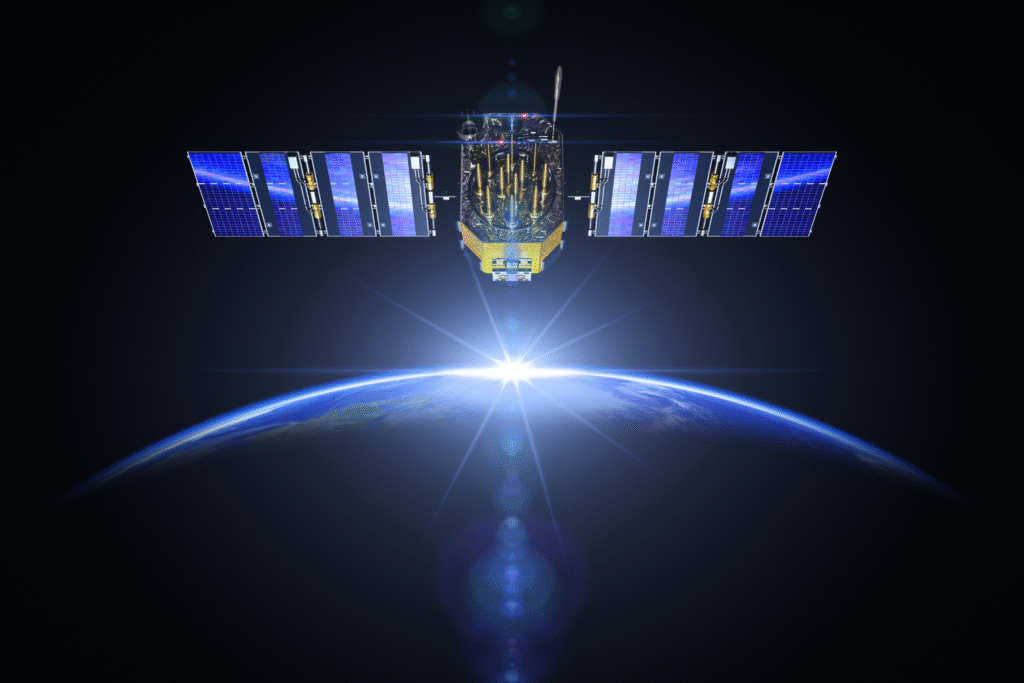
The latest batch of data from NASA’s Earth-observing satellites is exposing patterns that almost feel like they’ve been hiding in plain sight. We’ve known the planet is warming, but the subtle knock-on effects on land and water systems are suddenly much clearer, and much stranger. What seemed isolated before, drying soil here, shifting tides there, is now being tied together in ways that suggest ecosystems are more fragile than we realized. These aren’t just broad global trends. They’re specific, measurable impacts that scientists are tracking in real time, and the connections they reveal show how deeply climate threads itself into every corner of our planet’s story.
1. Soil moisture is collapsing faster than models predicted.
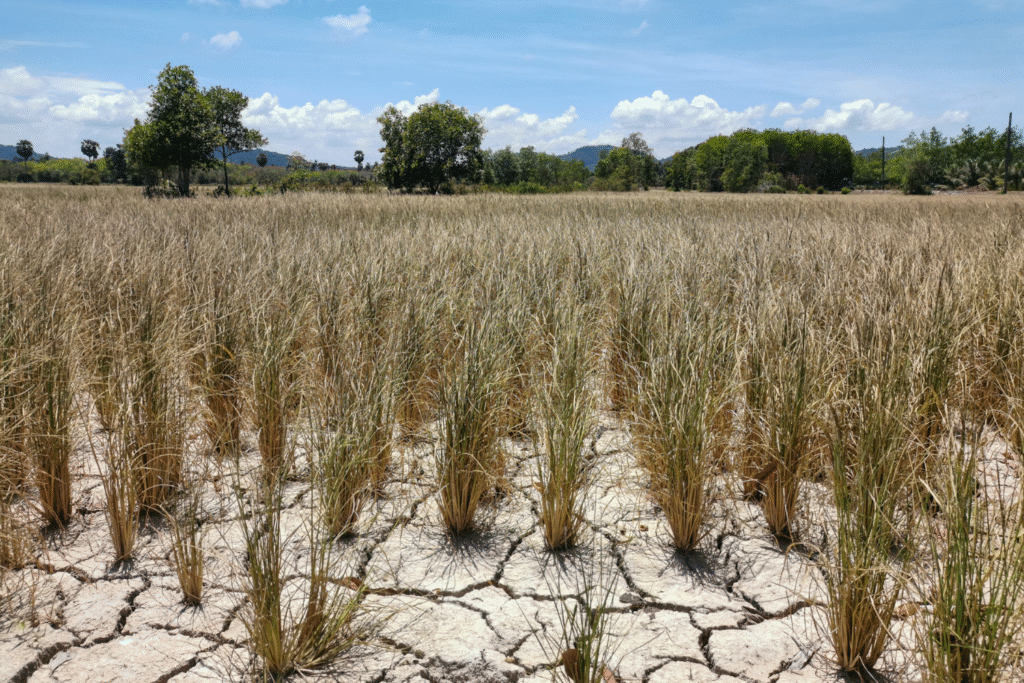
NASA’s SMAP satellite, which monitors soil moisture, recently confirmed that vast regions are drying more quickly than expected. According to findings reported in Nature Climate Change, this isn’t just a minor hiccup, it’s a shift that makes crops more vulnerable to sudden drought and wildfires more likely to spread. Farmers are starting to feel the stress in areas like the American Midwest, where what once looked like a passing dry spell now signals a longer-term decline. The unsettling part is that these trends suggest underground water reserves aren’t rebounding the way they used to, leaving landscapes exposed in a way that wasn’t fully understood until now.
2. Rivers are showing delayed seasonal flows worldwide.
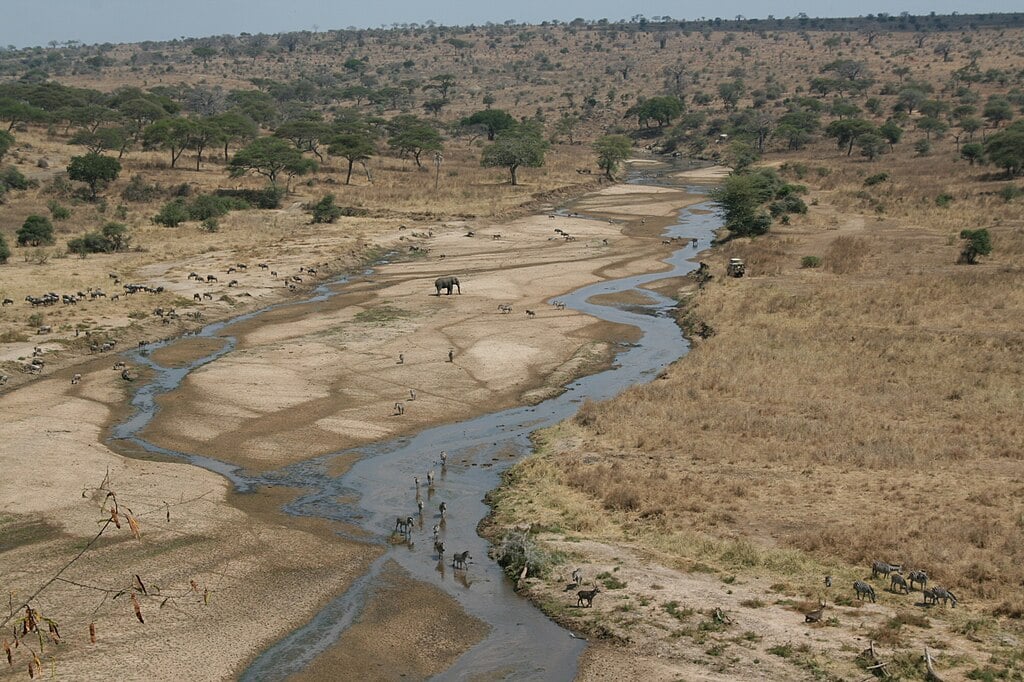
What shocked researchers wasn’t only that rivers are running low but that they’re running late. Flow timing in basins like the Colorado and the Yangtze is increasingly off schedule, shifting weeks beyond historic averages. This delay throws off fish spawning cycles, agricultural irrigation, and even power generation. The data was confirmed by NASA’s GRACE satellites, which measure subtle gravitational changes linked to water mass, as stated by Science Advances. It’s not simply a matter of less water. It’s the timing that’s becoming unreliable, breaking systems that rely on nature’s once-predictable rhythm. The consequence isn’t abstract, it’s already changing how regions plan for water security.
3. Ocean heat pockets are shifting storm behavior unexpectedly.
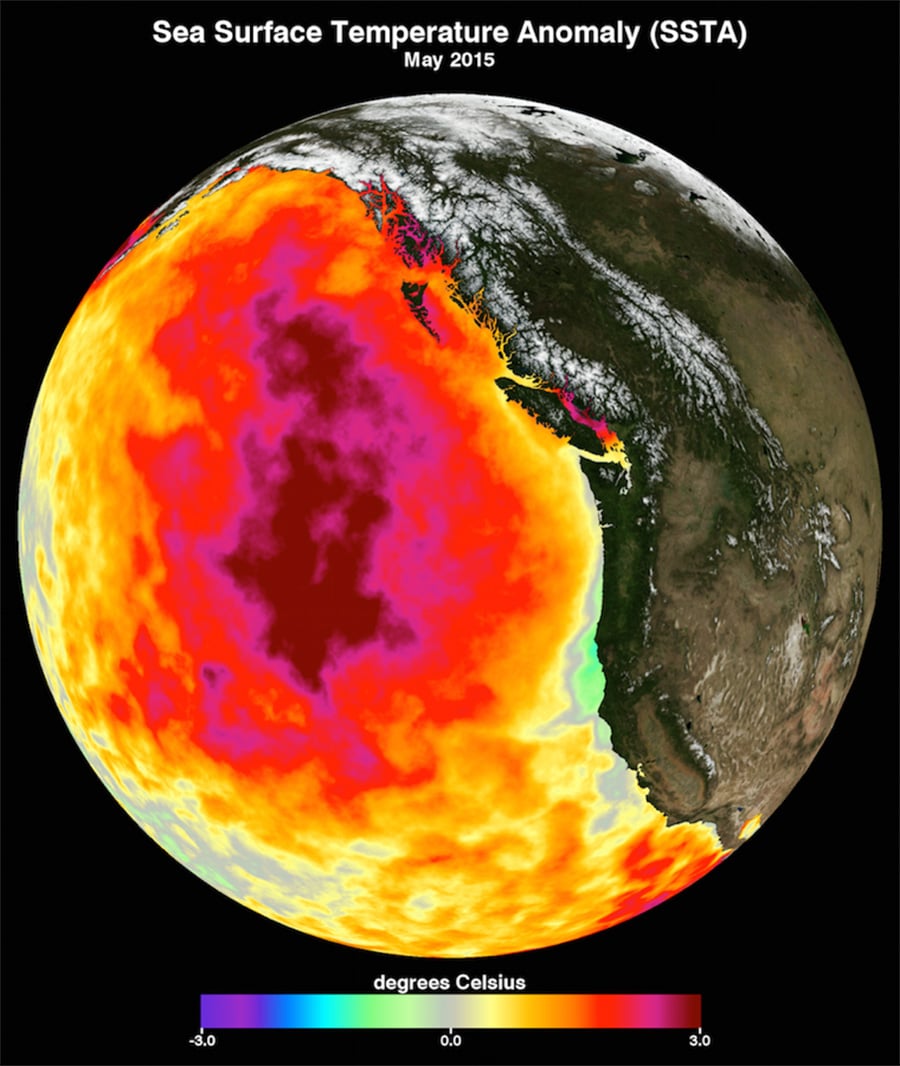
Scientists are now mapping unusual heat blobs in the Atlantic and Pacific, areas where surface waters are warming faster than the rest of the ocean. As discovered by NASA’s Jet Propulsion Laboratory, these hotspots act like fuel tanks for storms, giving them sudden bursts of strength near coastlines. The phenomenon helped explain why recent hurricanes intensified right before landfall, leaving communities with less time to prepare. It’s no longer just about rising sea levels. The ocean itself is now unpredictable in where and how it transfers energy, creating weather that feels increasingly volatile with each passing season.
4. Arctic thaw is reshaping river chemistry in silence.
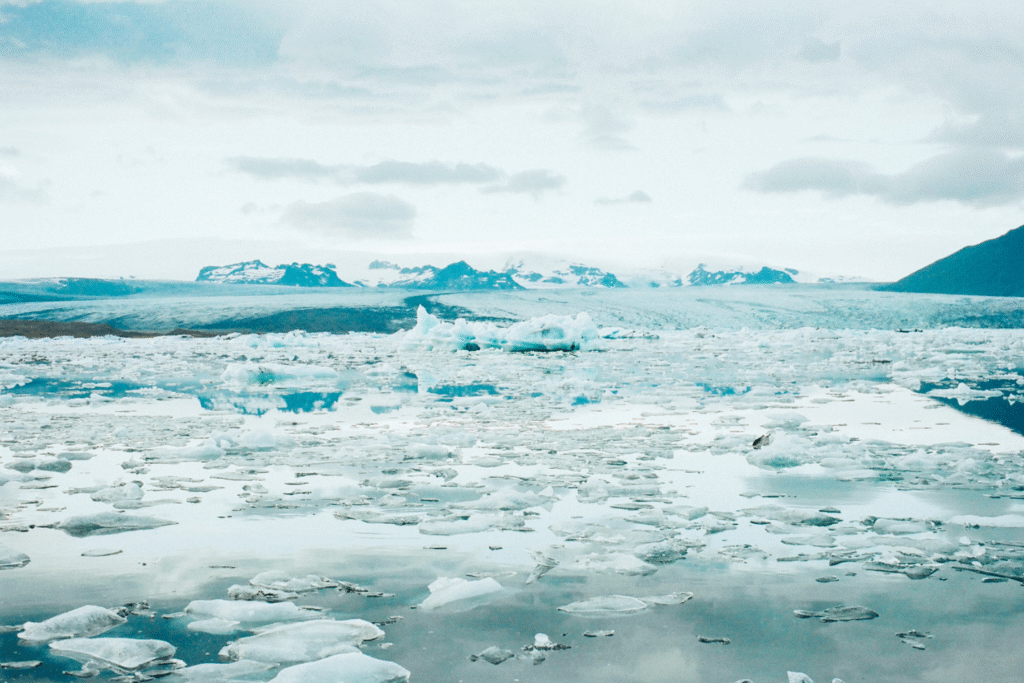
It’s easy to picture melting ice, but what slips under the radar is how that melt alters the chemistry of rivers that run northward into the Arctic Ocean. Scientists monitoring these rivers are finding a flood of dissolved organic carbon, essentially soil and vegetation seeping into the water system. This not only darkens river surfaces, making them absorb more heat, but also shifts food chains in ways researchers are still scrambling to track. What was once crystal-clear Arctic flow is becoming darker, murkier, and more unstable, setting off feedback loops that deepen the warming cycle.
5. Groundwater pumping is tilting Earth’s rotation slightly.
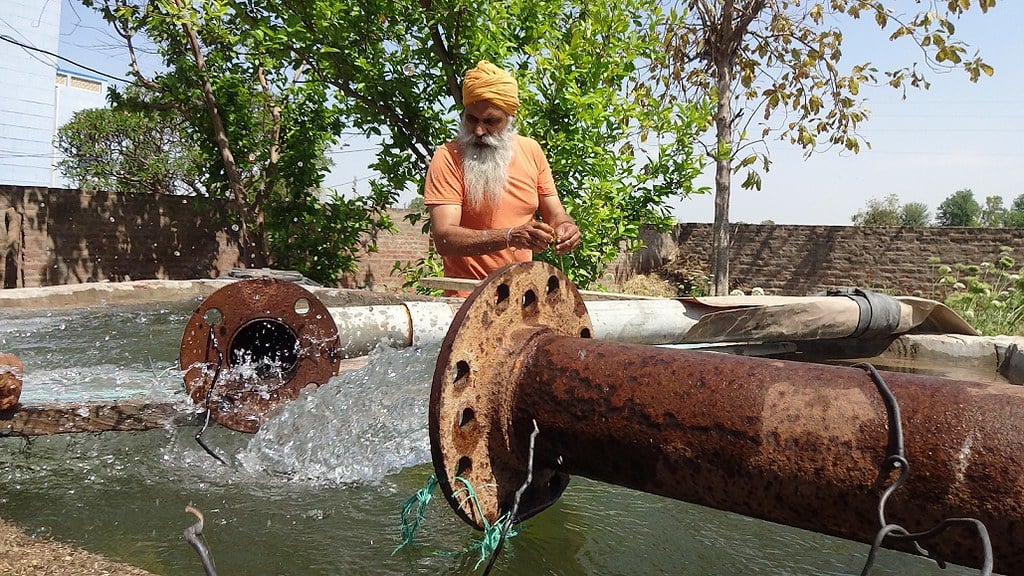
One of the strangest finds came not from looking at water on the surface but beneath it. As humans pump groundwater at massive scales for agriculture and drinking supplies, NASA scientists noticed that Earth’s axis has shifted minutely. It sounds like science fiction, yet satellite data confirmed it. The redistribution of billions of tons of water actually nudges the planet’s spin, altering how the poles move over time. While the effect won’t fling us into space, it’s another reminder that climate and human behavior intersect in surprising, planetary-scale ways that ripple far beyond our local aquifers.
6. Dust storms are increasing across drying continents.
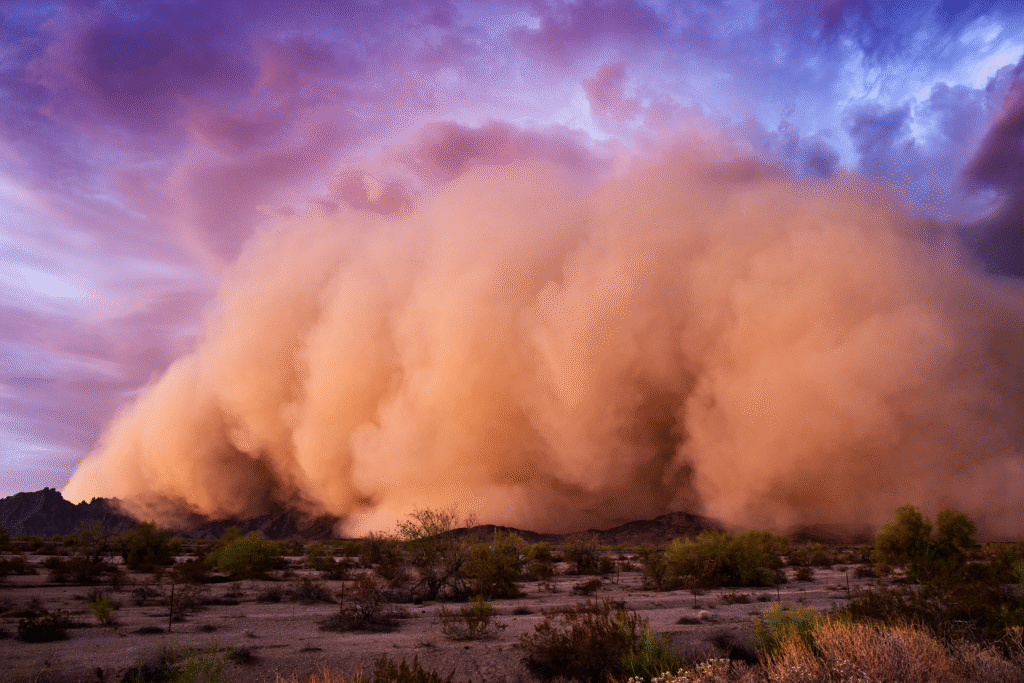
Where land is drying fastest, dust is rising in new and heavier plumes. This isn’t just about more grit in the wind. These storms travel thousands of miles, carrying nutrients that fertilize forests but also pollutants that choke cities. Data from NASA’s MODIS satellites show Sahara dust blanketing the Atlantic more frequently, while Australia’s interior is now throwing haze across the Pacific. Entire weather systems can shift under these dust layers, affecting monsoon rainfall in Africa and even hurricane development in the Americas. The chain of cause and effect is longer than expected and stranger than many imagined.
7. Fisheries are collapsing as ocean currents destabilize.
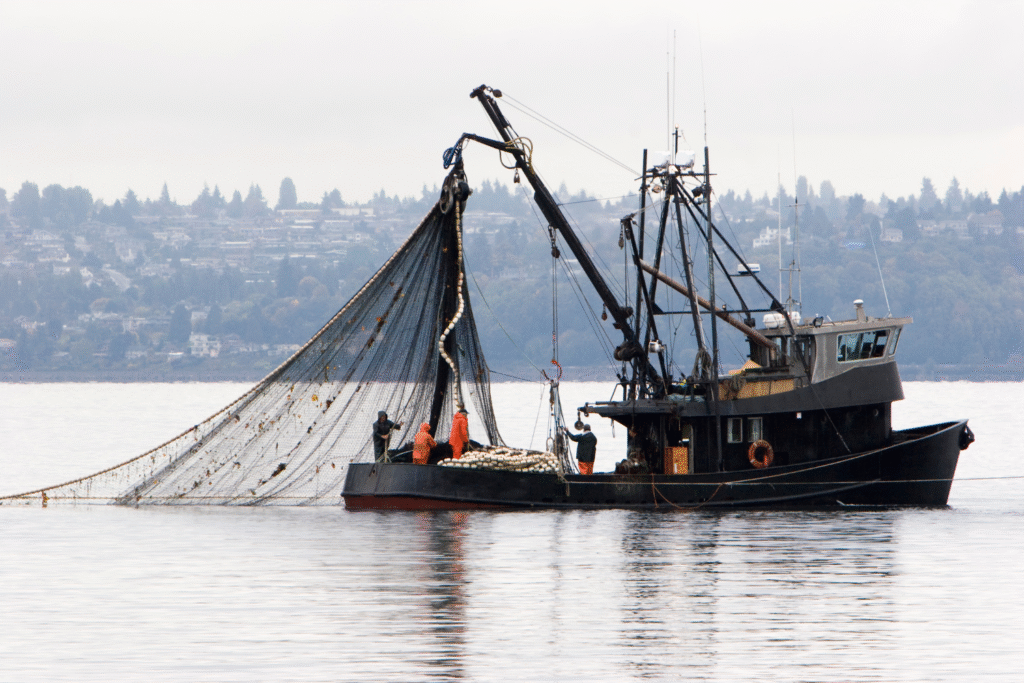
When satellites tracked warming surface waters, what became clear was how currents are buckling under the stress. The nutrient highways that once fed global fisheries are sputtering. In areas like the Humboldt Current off South America, anchovy populations are plummeting, with ripple effects on global food supplies. Fishermen are already reporting wild seasonal swings, leaving both local economies and international trade exposed. NASA’s sea surface height data shows the circulation patterns breaking into eddies that hoard nutrients instead of distributing them. A shift in invisible water highways can collapse entire food systems, and it’s happening now.
8. Forest regrowth is failing to balance carbon loss.
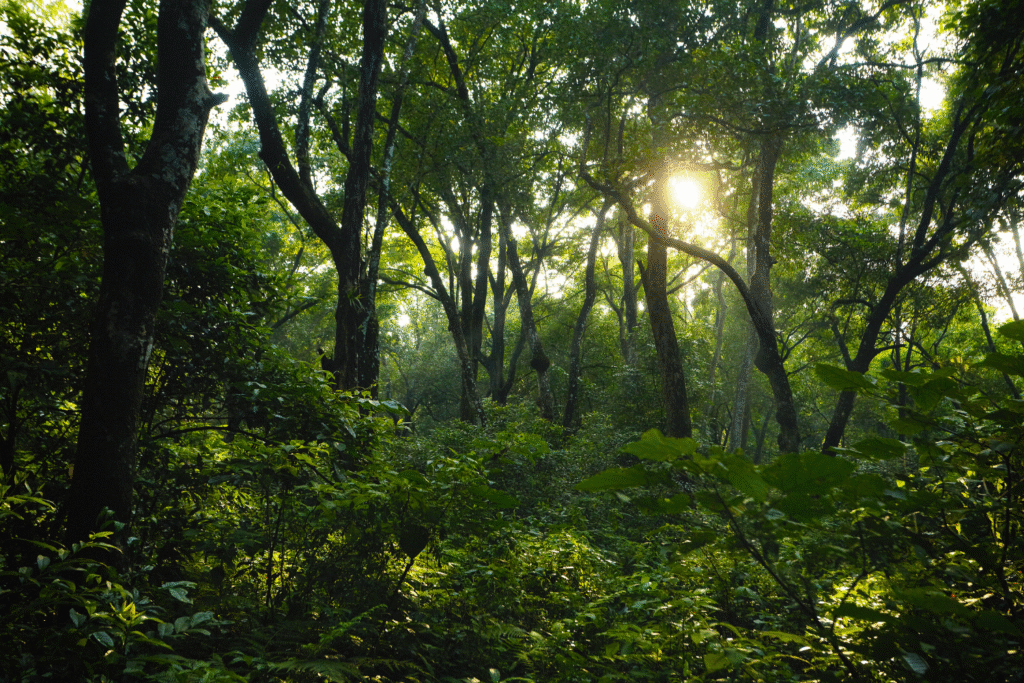
Satellites tracking vegetation from space have exposed a grim paradox. While forests are regrowing in some parts of the world, their ability to absorb carbon is shrinking. This isn’t just about lost trees—it’s about stressed trees that don’t function the way they used to. Heat waves, pests, and fragmented habitats leave young forests weaker, and they’re soaking up less carbon than expected. The idea that forests will naturally save us is unraveling. Climate is moving too quickly for natural recovery to keep pace, showing that even resilient ecosystems are hitting thresholds they can’t simply bounce back from.
